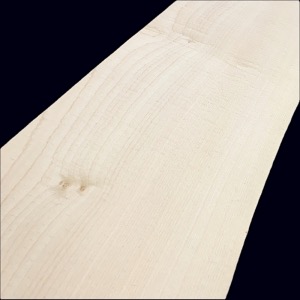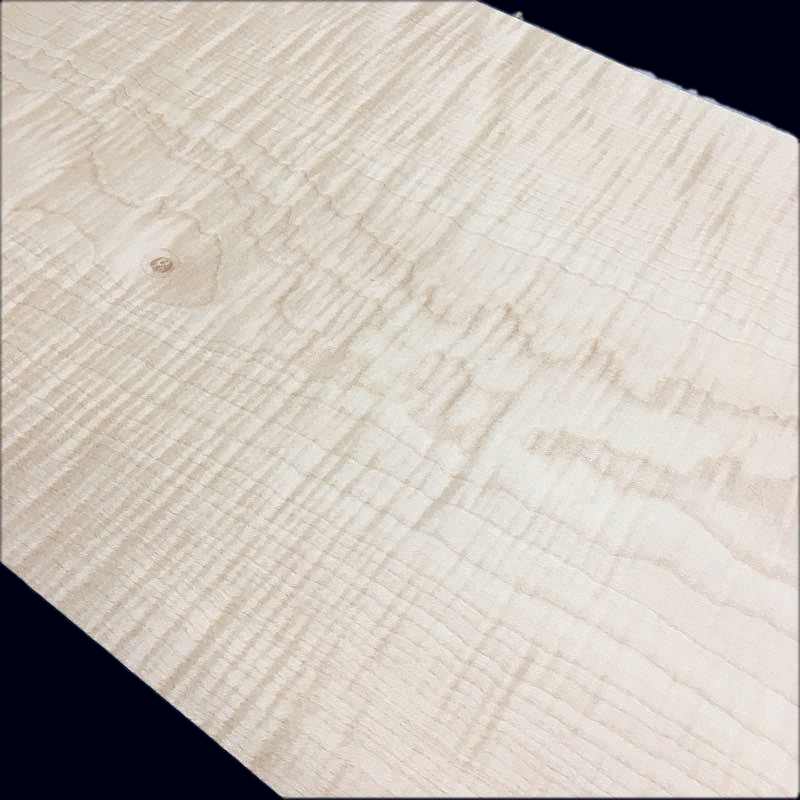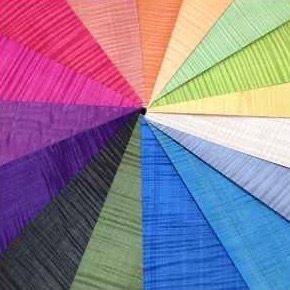The Sycamore Maple Wood
- date_range 20 Feb 2023
- toc News
- remove_red_eye 9373 views
The Maple Sycamore, more often called simply Sycamore, is the French and European maple par excellence. It is the most numerous variety of maple in our forests.
Just like these cousins, the plane maple, the country maple, the plane tree ... the sycamore leaf has the same shape as the leaf which adorns the Canadian flag, with a notable difference the petiole is red.
The Maple Sycamore Wood
Botanical Name: Acer Pseudoplatanus.
Other common names: False planetree and Grand Maple.
It is a hardwood called "white," but its color is slightly ivory.
This forest species is part of the semi-precious hardwoods, but its wavy or figured shape is a rarity and is therefore considered a precious wood.

Sycamore is a closed pore wood, which gives it several technical advantages such as:
- A cleaner cut than an open-pore hardwood.
- Increased ease in obtaining a smooth and shiny finish.
Used in cabinet making and decoration, it is best known for violin making, especially for its wavy particularity.
Remarkable aestheticism and a much sought-after tone for violins, cellos, and double basses.

It is also a wood of choice for marquetry, particularly with Sycamore tinted in the mass. Right in the neighborhood, its mesh offers particularly sought-after designs for specific details of the inlaid compositions.

Unlike its American cousin, the Sycamore very rarely has pockets of sugar. On the other hand, it is almost inevitable to have wood-colored pimples (picot: small knot the diameter of a pencil).

 English
English
